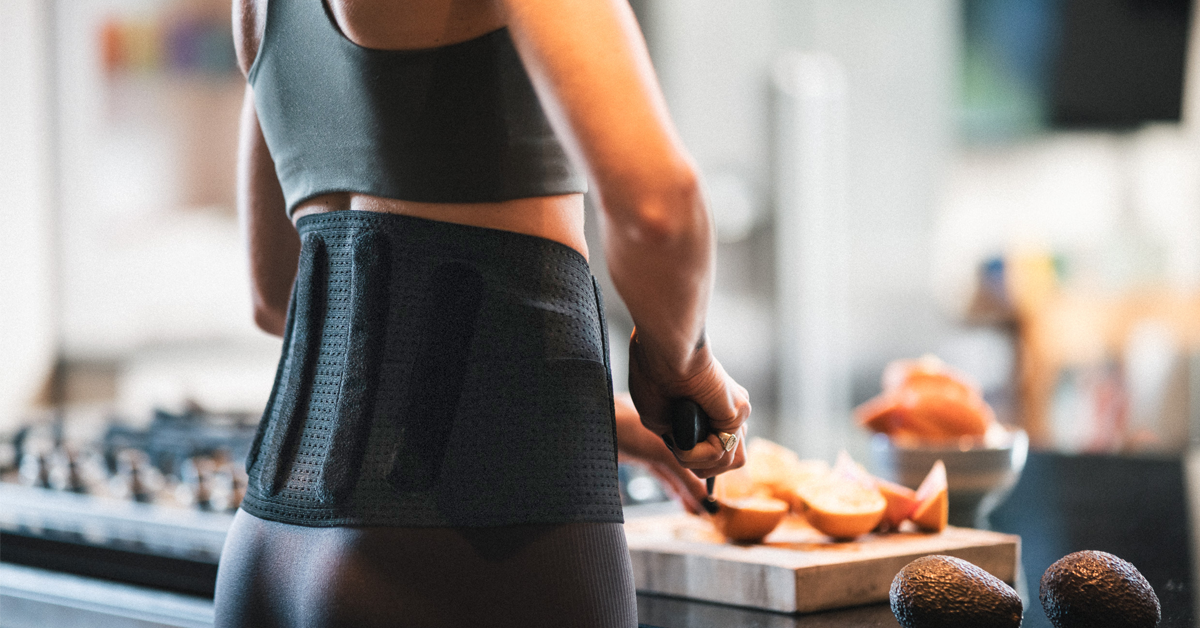Low back pain (LBP) affects millions globally, with an estimated 619 million people experiencing this condition in 2020. By 2050, experts project this number will reach 843 million cases, primarily due to population growth and aging demographics. This significant increase highlights the importance of understanding and effectively managing low back pain.
The growing impact of low back pain
Low back pain stands as the leading cause of disability worldwide among musculoskeletal conditions. Its effects reach across all demographics, but particularly impacts:
- People aged 50-55 years
- Women more frequently than men
- Working populations, causing significant work absences
- Quality of life across all demographics
The economic burden of low back pain extends beyond individual suffering, affecting workplace productivity and healthcare systems worldwide. Understanding this condition and its management options becomes increasingly crucial for both healthcare providers and patients.
Understanding different types of low back pain
Low back pain manifests in various forms, each requiring specific attention and treatment approaches:
Specific vs. non-specific pain
- Specific LBP (10% of cases): Traced to particular diseases or structural issues in the spine, often requiring targeted medical intervention
- Non-specific LBP (90% of cases): No identifiable structural cause, but potentially linked to lifestyle factors such as low physical activity, smoking, obesity, or occupational stress
Duration categories and their implications
- Acute: Under 6 weeks, often resolving with proper care
- Sub-acute: 6-12 weeks, requiring increased attention to prevent chronicity
- Chronic: Over 12 weeks, necessitating comprehensive management strategies
The science behind bracing in low back pain management
Recent scientific research confirms that lumbar support bracing plays a significant role in managing low back pain and associated disability.1 Modern bracing solutions offer multiple benefits:
- Range-of-motion control: Protects against painful flexion and extension movements1
- Core stability: Increases intra-abdominal pressure for enhanced support2
- Posture enhancement: Improves overall balance and alignment3
- Proprioception benefits: Enhances body awareness and position sense4
Understanding proprioception
Proprioception, often called our “sixth sense,” helps us understand where our body is in space. Low back pain can disrupt this crucial sense, but proper bracing can help restore these important signals between body and brain.4
DonJoy® bracing solutions for lower back pain
Enovis™ offers a specialized range of lumbar supports within its DonJoy® orthopedics brand, each designed to address specific needs and activity levels:
DonJoy Skinstrap™
For patients seeking discrete support during daily activities:
- Lightweight elastic webbing construction
- Second-skin feel for maximum comfort
- Ideal for sedentary to moderate activity levels
DonJoy Porostrap 2.0™
Engineered for breathability and comfort:
- Advanced mesh materials
- Vented bilateral straps
- Suitable for various activity levels
- Enhanced airflow for extended wear
DonJoy Actistrap 2.0™
Designed for active individuals requiring additional support:
- Adjustable bilateral straps
- Four semi-rigid dorsal stays
- Enhanced postural control
- Suitable for those with muscular weakness
DonJoy Immostrap 2.0™
Advanced support for specific conditions:
- Independent upper and lower bilateral straps
- Flexible dorsal stays
- Targeted postural control
- Suitable for herniated disc conditions
For more information about managing low back conditions and finding the right support solution, visit enovis-medtech.eu.
Healthcare professionals interested in learning more about the refreshed product line can contact their local Enovis representative or visit our website for detailed product information.
References
- Oleiwi MA, Shah SZA, Bilal H, Zeb A, Ahmad A, Hegazye FA, Chen H. Efficacy of orthotic support in mitigating low back pain and disability in low back pain sufferers. J Back Musculoskelet Rehabil. 2023;36(5):1111-1125.
- Ludvig D, Preuss R, Larivière C. The effect of extensible and non-extensible lumbar belts on trunk muscle activity and lumbar stiffness in subjects with and without low-back pain. Clin Biomech (Bristol). 2019 Jul;67:45-51. doi: 10.1016/j.clinbiomech.2019.04.019. Epub 2019 May 7. PMID: 31075735.
- Azadinia F, Ebrahimi-Takamjani I, Kamyab M, Parnianpour M, Asgari M. A RCT comparing lumbosacral orthosis to routine physical therapy on postural stability in patients with chronic low back pain. Med J Islam Repub Iran. 2017 May 1;31:26.
- Samani M, Shirazi ZR, Hadadi M, Sobhani S. A randomized controlled trial comparing the long-term use of soft lumbosacral orthoses at two different pressures in patients with chronic nonspecific low back pain. Clin Biomech (Bristol, Avon). 2019 Oct;69:87-95.
- WHO Facts sheet Low Back Pain 2023. https://www.who.int/news-room/fact-sheets/detail/low-back-pain.









